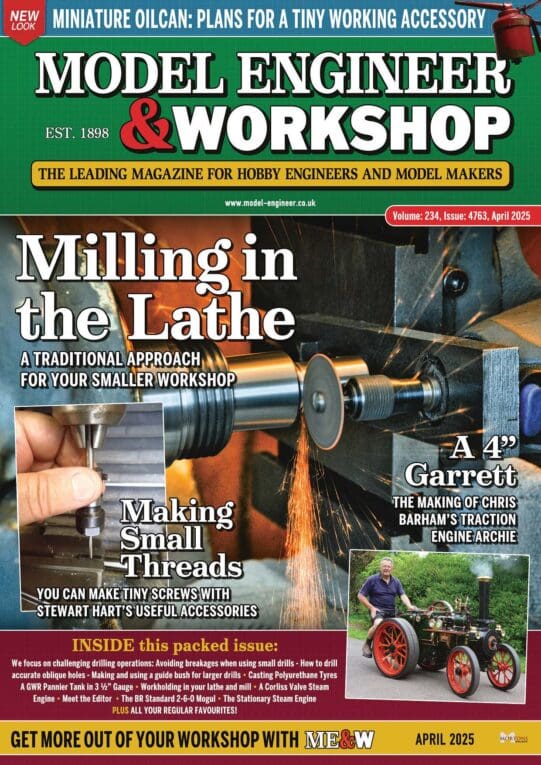Just bushings or less frequently Chatons Niko, Chatons are generally a referance to screw set jewel settings in pocket and wristwatches, where the jewel is set in a brass or gold setting then the whole is screwed into the watch plate – generally only on high grade movements!
often for really small size and odd ball bushings, I'll cut them from a length of bushing wire!
Those bushings shown in the link are certainly small, getting down to pocket watch sizes there, which are similar in sizes to the upper end of French drum and and high grade Vienna regulator wheel trains!
If they work for you and you're happy with the result and make a good repair, I'm certainly not going to argue about them!
You're also fairly unlikely to have a broach jam in a bush and turn it at those sizes!
I have to confess that these days, I use Bergeon bushings together with a Bergeon bushing tool, the bushes are machined to specific sizes and have a related reamer similar to a 'D' bit for cutting holes in the plate, the hole and the bushes are also parallel sided and lightly staked, but they broach easily and make an invisible repair the way i do them, and up to their maximum diameter of 8.5mm, rarely turn in settings, but I'll still solder them in really 'iffy' plate positions such as winding barrels or hammer arbours sitting close to plate edges when I'll touch the hole with a taper reamer so there's a seat for the solder to flow!
That being said, I did originally broach everything by hand and eye, but the final broaching to suit individual pivots still has to be done by hand, because after repairing and burnishing them, pivots are always random diameters!
I didn't mention the Bergeon routine earleir because it's very unlikely anyone here other than a pro' repairer/restorer will have invested that kind of money in kit to re-bush clocks, but for me, it cuts the time to rebush longcase, Vienna and French drums by at least half – I also confess enjoying the luck of the Gods when turning up at an auction room got the whole shebang including a full complement of bushes for half the cost of the reamer and staking set!
I would also say to anyone thinking of going the Bergeon route, learn to broach and bush by hand first, that way you'll get your eye in and bushes will always be accurately placed in the plates and pivots similarly!
Going back to Simon's OP, depending upon the diameter of the pivot, he may get away with just bushing the plate in the correct place, but only if the edge of the bush removes the edges of the old hole, if it won't, he'll have to plug it if it's not to be visible!
John.
Edited By RJW on 23/08/2013 08:11:44
 Michael Gilligan.
Michael Gilligan.

  
 


